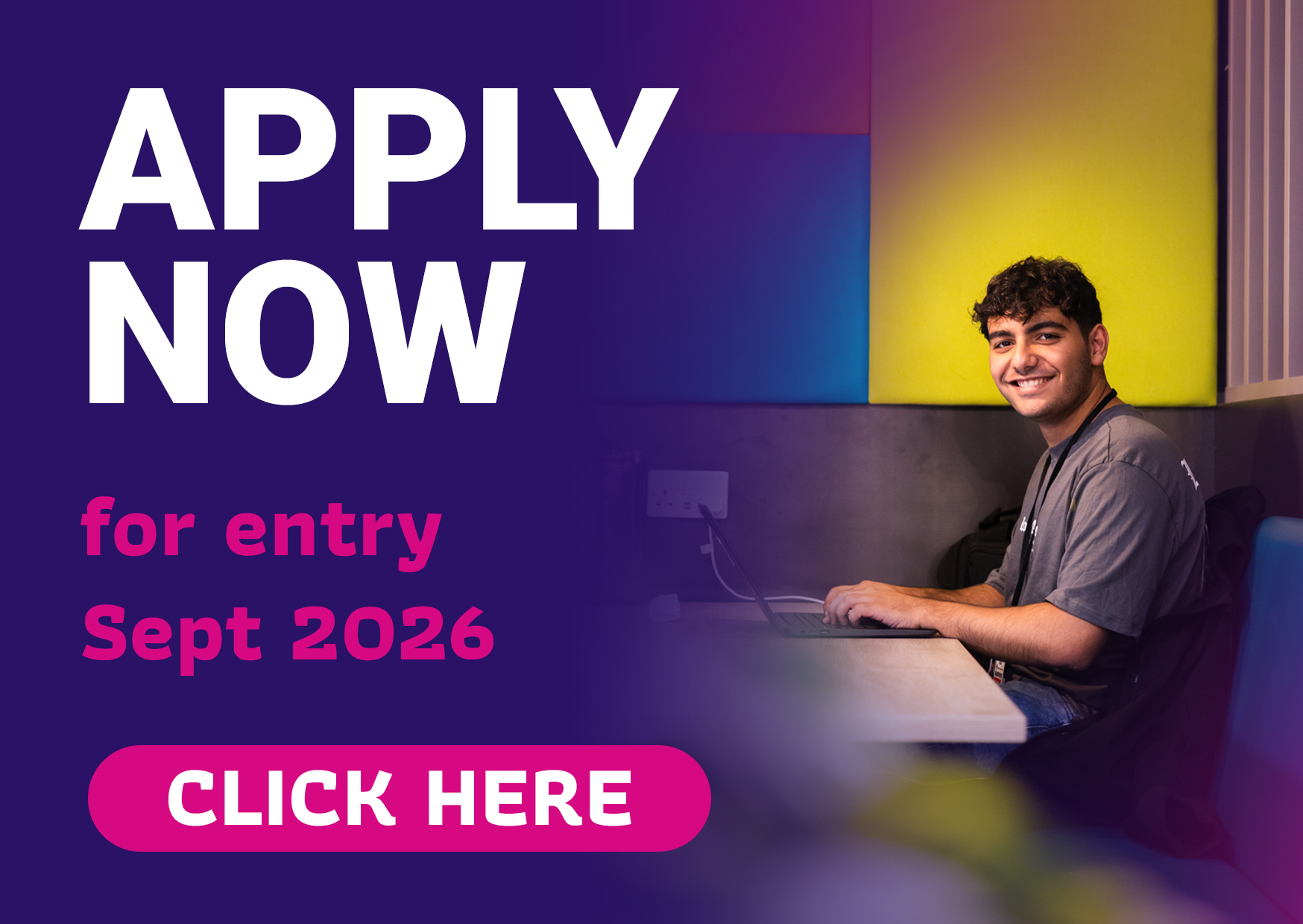Students will take part in a series of skills workshops and be expected to demonstrate their ability in the following areas; photography, drawing, dyeing, digital textiles, photographic screen printing, image transfer, heat press, mono printing, collage, machine stitch, fabric manipulation and design. Students have flexibility in their approach and can specialise in an area of design or explore a theme through textile processes; such as wallpaper, fashion prints to stitched wall hangings and installations. This exciting course places an emphasis on your ability to research, develop and work through a range of ideas in order to find solutions that are sensitive and appropriate to your chosen project. You will learn to develop skills and knowledge using industry standard software to create pattern and surface designs for fashion, costume, interiors and textile art. Visual imagery will be explored from direct observation and there will be opportunity to develop ideas in an expressive and imaginative way. You will have the opportunity to develop ideas through a range of textiles processes such as digital print, screen print, fabric manipulation, stitch and many more.
Component 1: Personal Investigation (60% of the A Level) Students present an individual project based on a personal idea or brief which can be presented in a sketchbook or portfolio and includes written work of 1000 to 3000 words which supports practical work.
Component 2: Externally Set Assignment (40% of the A Level) Students respond to a stimulus issued by Eduqas and a body of work is produced on one of the visual or written briefs. The finished outcome or series of outcomes are created during a 15 hour period of supervised time. Students will have the opportunity to work in one or more of the following areas:
- Fashion design
- Costume design
- Digital and traditional print
- Surface Pattern for Interiors
- Interior design
- Constructed/installed textiles
- Art textiles
- Textile installation
- Accessories
You are encouraged to develop your designs from original drawings, photography, and experimentation with materials and realise the design into a finished outcome.



